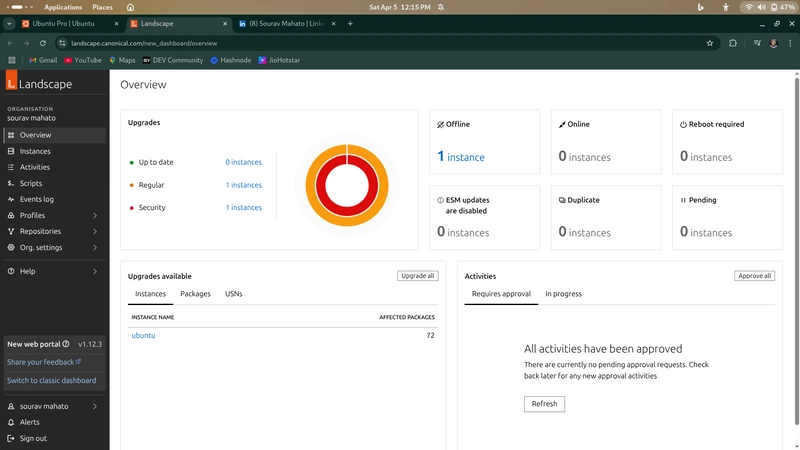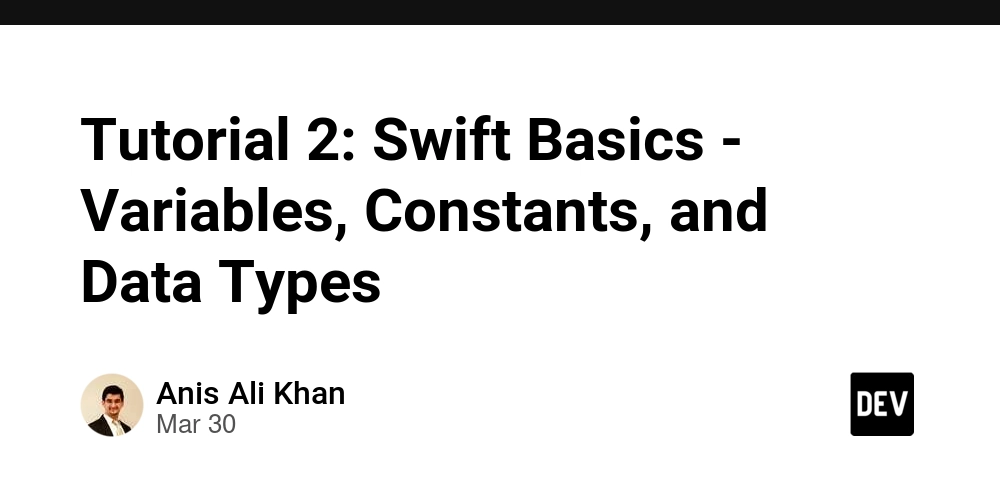What is NPL?
Natural language processing (NLP) is a subfield of computer science and especially artificial intelligence. It is primarily concerned with providing computers with the ability to process data encoded in natural language and is thus closely related to information retrieval, knowledge representation and computational linguistics, a subfield of linguistics. Major tasks in natural language processing are speech recognition, text classification, natural-language understanding, and natural-language generation. History Natural language processing has its roots in the 1950s.[1] Already in 1950, Alan Turing published an article titled "Computing Machinery and Intelligence" which proposed what is now called the Turing test as a criterion of intelligence, though at the time that was not articulated as a problem separate from artificial intelligence. The proposed test includes a task that involves the automated interpretation and generation of natural language. 2010: Tomáš Mikolov (then a PhD student at Brno University of Technology) with co-authors applied a simple recurrent neural network with a single hidden layer to language modelling,[10] and in the following years he went on to develop Word2vec. In the 2010s, representation learning and deep neural network-style (featuring many hidden layers) machine learning methods became widespread in natural language processing. That popularity was due partly to a flurry of results showing that such techniques[11][12] can achieve state-of-the-art results in many natural language tasks, e.g., in language modeling[13] and parsing.[14][15] This is increasingly important in medicine and healthcare, where NLP helps analyze notes and text in electronic health records that would otherwise be inaccessible for study when seeking to improve care[16] or protect patient privacy. The following is a list of some of the most commonly researched tasks in natural language processing. Some of these tasks have direct real-world applications, while others more commonly serve as subtasks that are used to aid in solving larger tasks. Though natural language processing tasks are closely intertwined, they can be subdivided into categories for convenience. A coarse division is given below. Text and speech processing edit Optical character recognition (OCR) Given an image representing printed text, determine the corresponding text. Speech recognition Given a sound clip of a person or people speaking, determine the textual representation of the speech. This is the opposite of text to speech and is one of the extremely difficult problems colloquially termed "AI-complete" (see above). In natural speech there are hardly any pauses between successive words, and thus speech segmentation is a necessary subtask of speech recognition (see below). In most spoken languages, the sounds representing successive letters blend into each other in a process termed coarticulation, so the conversion of the analog signal to discrete characters can be a very difficult process. Also, given that words in the same language are spoken by people with different accents, the speech recognition software must be able to recognize the wide variety of input as being identical to each other in terms of its textual equivalent. Speech segmentation Given a sound clip of a person or people speaking, separate it into words. A subtask of speech recognition and typically grouped with it. Text-to-speech Given a text, transform those units and produce a spoken representation. Text-to-speech can be used to aid the visually impaired.[24] Word segmentation (Tokenization) Tokenization is a process used in text analysis that divides text into individual words or word fragments. This technique results in two key components: a word index and tokenized text. The word index is a list that maps unique words to specific numerical identifiers, and the tokenized text replaces each word with its corresponding numerical token. These numerical tokens are then used in various deep learning methods.[25] For a language like English, this is fairly trivial, since words are usually separated by spaces. However, some written languages like Chinese, Japanese and Thai do not mark word boundaries in such a fashion, and in those languages text segmentation is a significant task requiring knowledge of the vocabulary and morphology of words in the language. Sometimes this process is also used in cases like bag of words (BOW) creation in data mining.[citation needed] Morphological analysis edit Lemmatization The task of removing inflectional endings only and to return the base dictionary form of a word which is also known as a lemma. Lemmatization is another technique for reducing words to their normalized form. But in this case, the transformation actually uses a dictionary to map words to their actual form.[26] Morphological segmentation Separate words into individual morphemes and identify the class of the morphemes. The dif

Natural language processing (NLP) is a subfield of computer science and especially artificial intelligence. It is primarily concerned with providing computers with the ability to process data encoded in natural language and is thus closely related to information retrieval, knowledge representation and computational linguistics, a subfield of linguistics.
Major tasks in natural language processing are speech recognition, text classification, natural-language understanding, and natural-language generation.
History
Natural language processing has its roots in the 1950s.[1] Already in 1950, Alan Turing published an article titled "Computing Machinery and Intelligence" which proposed what is now called the Turing test as a criterion of intelligence, though at the time that was not articulated as a problem separate from artificial intelligence. The proposed test includes a task that involves the automated interpretation and generation of natural language.
2010: Tomáš Mikolov (then a PhD student at Brno University of Technology) with co-authors applied a simple recurrent neural network with a single hidden layer to language modelling,[10] and in the following years he went on to develop Word2vec. In the 2010s, representation learning and deep neural network-style (featuring many hidden layers) machine learning methods became widespread in natural language processing. That popularity was due partly to a flurry of results showing that such techniques[11][12] can achieve state-of-the-art results in many natural language tasks, e.g., in language modeling[13] and parsing.[14][15] This is increasingly important in medicine and healthcare, where NLP helps analyze notes and text in electronic health records that would otherwise be inaccessible for study when seeking to improve care[16] or protect patient privacy.
The following is a list of some of the most commonly researched tasks in natural language processing. Some of these tasks have direct real-world applications, while others more commonly serve as subtasks that are used to aid in solving larger tasks.
Though natural language processing tasks are closely intertwined, they can be subdivided into categories for convenience. A coarse division is given below.
Text and speech processing
edit
Optical character recognition (OCR)
Given an image representing printed text, determine the corresponding text.
Speech recognition
Given a sound clip of a person or people speaking, determine the textual representation of the speech. This is the opposite of text to speech and is one of the extremely difficult problems colloquially termed "AI-complete" (see above). In natural speech there are hardly any pauses between successive words, and thus speech segmentation is a necessary subtask of speech recognition (see below). In most spoken languages, the sounds representing successive letters blend into each other in a process termed coarticulation, so the conversion of the analog signal to discrete characters can be a very difficult process. Also, given that words in the same language are spoken by people with different accents, the speech recognition software must be able to recognize the wide variety of input as being identical to each other in terms of its textual equivalent.
Speech segmentation
Given a sound clip of a person or people speaking, separate it into words. A subtask of speech recognition and typically grouped with it.
Text-to-speech
Given a text, transform those units and produce a spoken representation. Text-to-speech can be used to aid the visually impaired.[24]
Word segmentation (Tokenization)
Tokenization is a process used in text analysis that divides text into individual words or word fragments. This technique results in two key components: a word index and tokenized text. The word index is a list that maps unique words to specific numerical identifiers, and the tokenized text replaces each word with its corresponding numerical token. These numerical tokens are then used in various deep learning methods.[25]
For a language like English, this is fairly trivial, since words are usually separated by spaces. However, some written languages like Chinese, Japanese and Thai do not mark word boundaries in such a fashion, and in those languages text segmentation is a significant task requiring knowledge of the vocabulary and morphology of words in the language. Sometimes this process is also used in cases like bag of words (BOW) creation in data mining.[citation needed]
Morphological analysis
edit
Lemmatization
The task of removing inflectional endings only and to return the base dictionary form of a word which is also known as a lemma. Lemmatization is another technique for reducing words to their normalized form. But in this case, the transformation actually uses a dictionary to map words to their actual form.[26]
Morphological segmentation
Separate words into individual morphemes and identify the class of the morphemes. The difficulty of this task depends greatly on the complexity of the morphology (i.e., the structure of words) of the language being considered. English has fairly simple morphology, especially inflectional morphology, and thus it is often possible to ignore this task entirely and simply model all possible forms of a word (e.g., "open, opens, opened, opening") as separate words. In languages such as Turkish or Meitei, a highly agglutinated Indian language, however, such an approach is not possible, as each dictionary entry has thousands of possible word forms.[27]
Part-of-speech tagging
Given a sentence, determine the part of speech (POS) for each word. Many words, especially common ones, can serve as multiple parts of speech. For example, "book" can be a noun ("the book on the table") or verb ("to book a flight"); "set" can be a noun, verb or adjective; and "out" can be any of at least five different parts of speech.
Stemming
The process of reducing inflected (or sometimes derived) words to a base form (e.g., "close" will be the root for "closed", "closing", "close", "closer" etc.). Stemming yields similar results as lemmatization, but does so on grounds of rules, not a dictionary.






































































![[DEALS] 1min.AI: Lifetime Subscription (82% off) & Other Deals Up To 98% Off – Offers End Soon!](https://www.javacodegeeks.com/wp-content/uploads/2012/12/jcg-logo.jpg)







